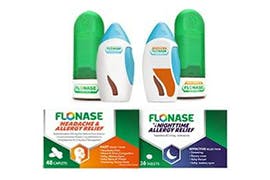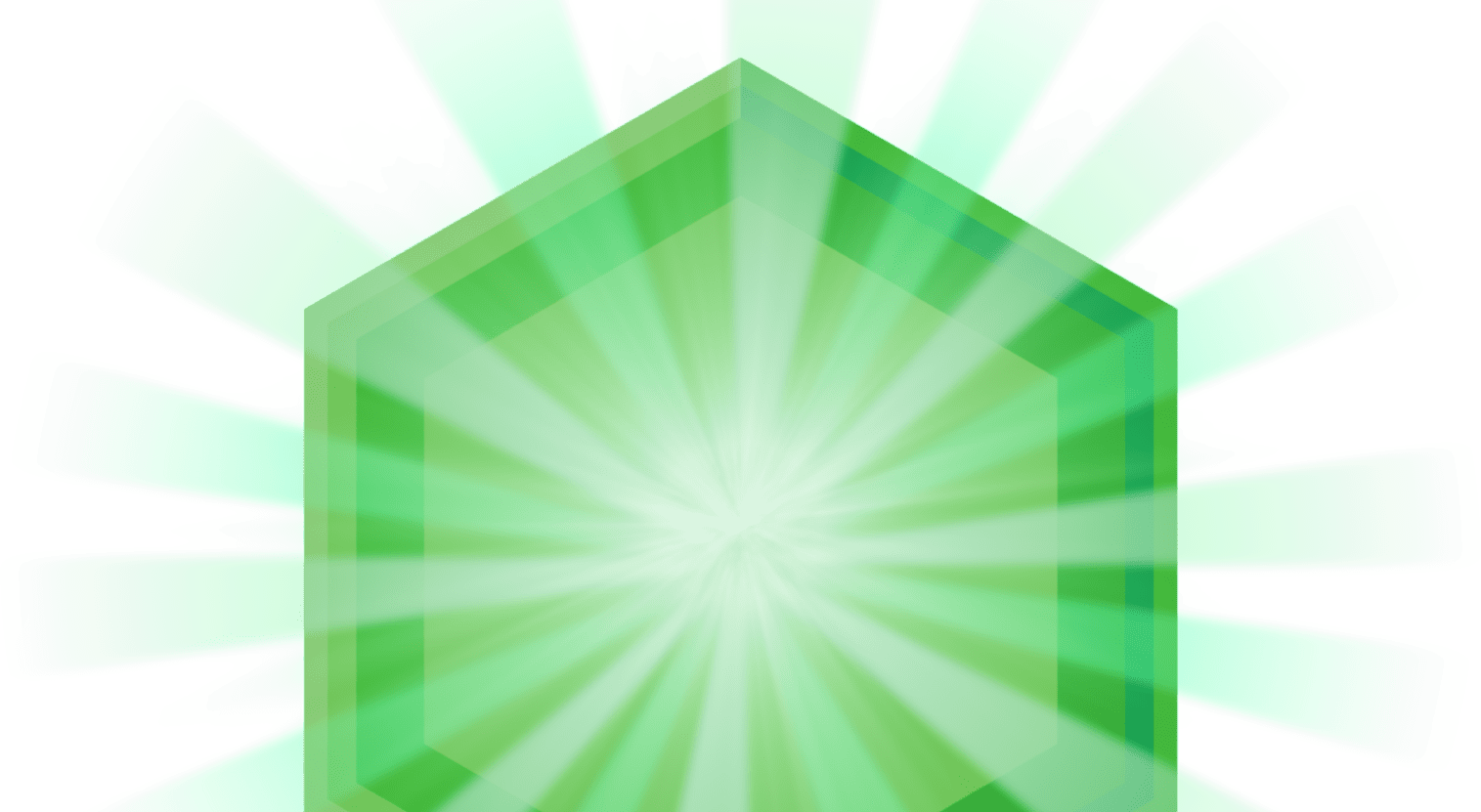Common Types Of Allergens
People are affected by all kinds of allergens. Some of us need to avoid pollen and dust; others can’t be around dogs or cats. But no matter what you’re allergic to, allergy symptoms can interfere with daily activities and reduce your quality of life.
OUTDOOR & AIRBORNE ALLERGENS
You may not be able to see them or smell them, but airborne allergens—like pollen of all types and dust—are responsible for causing close to 30 million Americans to struggle with allergic rhinitis,1 the reaction to the airborne allergens noted above, with symptoms including nasal congestion, sneezing, runny nose, itchy nose, and itchy, watery eyes.2
INDOOR ALLERGENS
Typically found in the home, Indoor allergens include pet dander, dust, and mold, and are responsible for causing millions of people to suffer allergy symptoms including nasal congestion, sneezing, runny nose, itchy nose, and itchy, watery eyes.3 It’s also important to remember that pollen, while not an “indoor allergen,” can be brought inside from the outdoors. If you’re a pollen sufferer, keep this in mind.
ALLERGY RELIEF TIPS
PLAN AHEAD
It’s important to factor in pollen counts when planning outdoor activities. Since pollen peaks anywhere between 5 a.m. and 10 a.m., it may be best to consider switching your early morning routine for an early evening one to help minimize exposure to allergens.4
DON’T THROW CAUTION TO THE WIND
Factor in the weather when choosing when you exercise. Wind carries pollen and mold through the air, so windy days may not be the best days to be active. Going outside after a nice rain shower could be a good idea as rain dampens pollen.5
GEAR UP
The right gear is essential when working out with allergies. To help prevent itchy, watery eyes when outdoors, wear glasses that wrap around your head. It’s an easy way to stay protected while on the go. A hat is a great choice too. Not only does it help keep allergens out of your hair, but it also reduces the amount of pollen you can transfer to other things like furniture, bedding, or clothing.6
KEEP IT OUTSIDE
To help avoid transporting pollen inside your home, remove your shoes outside. Toss the clothes you just wore in the washer, and take a shower right away. Showering removes built-up pollen and additional particles from your skin and hair.6
USE FLONASE DAILY
It never hurts to stay proactive. Make FLONASE a part of your daily routine when experiencing allergy symptoms. Taking FLONASE once a day can help you achieve more complete, 24-hour allergy relief* from your worst symptoms, including nasal congestion which most allergy pills do not treat.
*vs single-ingredient antihistamines that do not treat nasal congestion.
Prior to starting physical activity outdoors, consult with an allergist or your primary care doctor. It could help you get an idea of what activities you should and should not do to help keep your allergies under control.
Sources:
1. Mount Sinai. Allergic and Nonallergic Rhinitis. https://www.mountsinai.org/care/ent/services/nasal-sinus-allergy/conditions/rhinitis Accessed June 14, 2019.
2. Mayo Clinic. Hay Fever Symptoms and Causes. https://www.mayoclinic.org/diseases-conditions/hay-fever/symptoms-causes/syc-20373039 Accessed June, 14, 2019.
3. AAAAI. Indoor Allergens. https://www.aaaai.org/conditions-and-treatments/library/allergy-library/indoor-allergens Accessed June, 14, 2019.19.
4. ACAAI. Ask the Allergist. https://acaai.org/resources/connect/ask-allergist/why-do-my-allergies-only-seem-bother-me-morning Accessed June 14, 2019.
5. AAFA. The Good News About Rain and Pollen. https://community.aafa.org/blog/how-does-rain-affect-pollen-levels Accessed June, 14, 2019.
6. AAFA. Pollen Allergy. https://www.aafa.org/pollen-allergy/ Accessed June 14, 2019.




